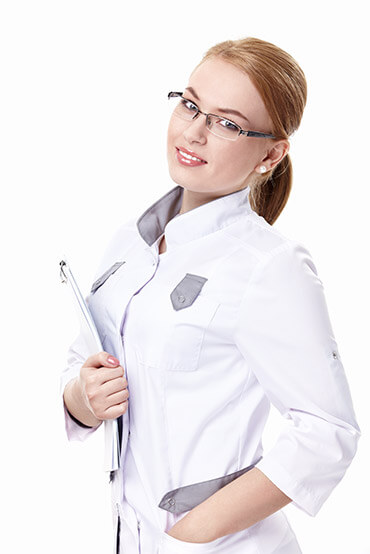A CT scan (also called CAT scan), stands for Computerized Tomography. CT scans use X-rays to make detailed pictures of the internal structures of your body in cross section like slices of the inside of your body. During the test, you will lie on the table that is attached to the scanner, which is a large doughnut-shaped machine. The CT scanner sends X-rays through the body area being studied.
Depending on the type of exam you will receive, the length of the actual procedure will typically be between 10 to 30 minutes . Exam time may vary depending on the nature of your study.
You should not move when you are on the CT table and the images are being acquired. This eliminates blurring in the image caused by breathing or other patient motion.
The Radiologist will study your images and dictate the findings. Once the images have been read, your physician will receive the report to review with you. Quite often the results will be available after they are read under our website
This substance is given to highlight various body parts of your body. It is usually given by mouth and/or Intravenous injection. It is normal to feel a warm sensation as the dye makes its way through your system.
Benefits of an accurate diagnosis far outweigh the risk. While CT does expose you to some radiation, it is equivalent to the amount of natural radiation we receive annually.
A CT scan uses specialized X-rays to visualize and evaluate bones, internal organs and vascular structures. The scan can show cross-sectional images of a specific area of the body.
The IV contrast (iodine or contrast “dye”) enhances all of the vascular structures on the images, this helps your Doctor see the organs, blood vessels and bones inside your body . The multiple images provided give your doctor many different views of your body. It will also help them see any potential pathology or abnormality.
